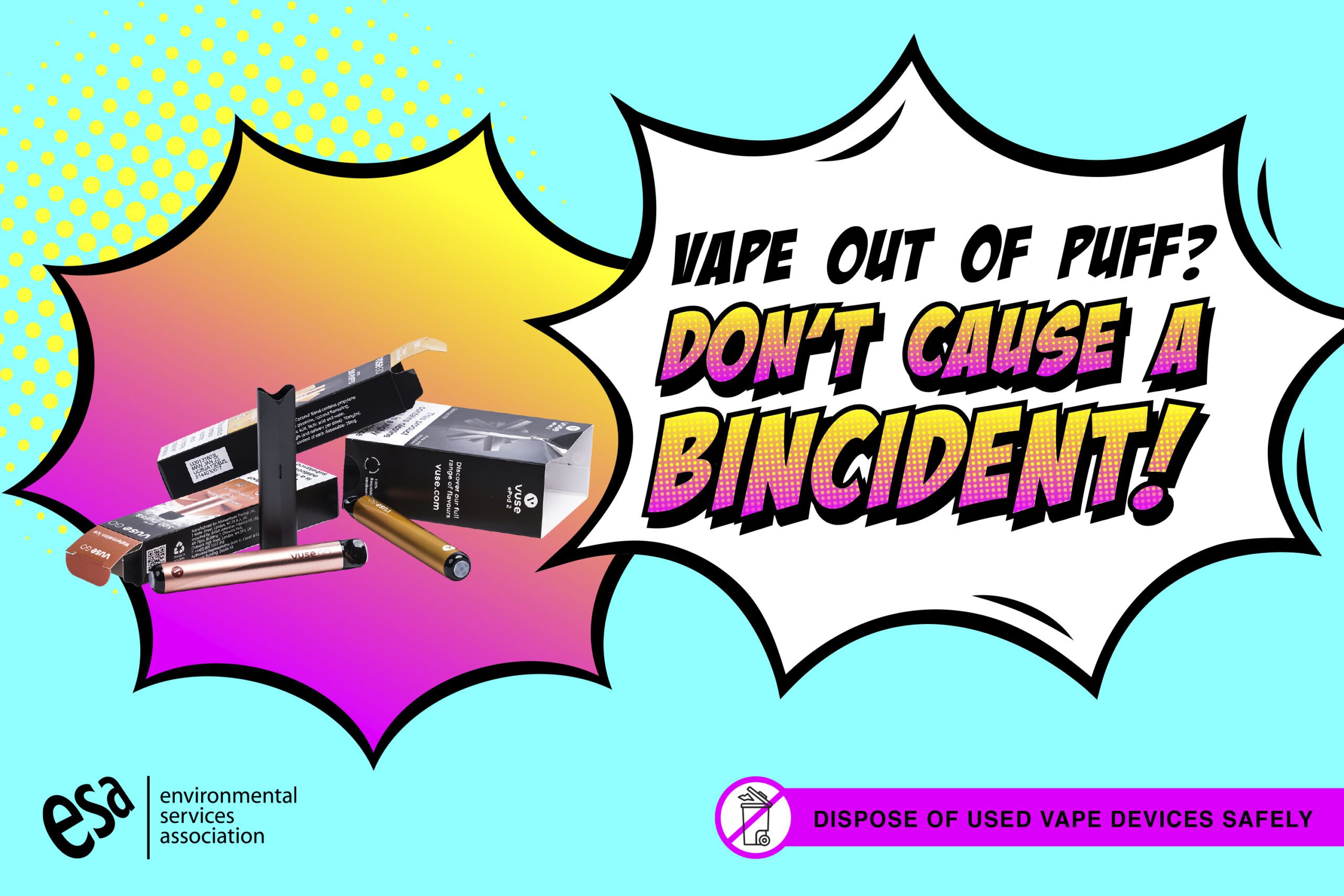The summer months are great for camping, having BBQs and finally clearing out the garden shed but would you know how to properly dispose of BBQ ashes, flammable liquids or compressed gas?
The “don’t cause a bincident” summer campaign from the Environmental Services Association (ESA) aimed to raise awareness and signpost the public to take flammable or explosive items to a household waste recycling centre or check with their council about which service to use.
With a bright and eye-catching creative theme developed by DTW, we worked closely with the ESA to create a digital campaign that integrated a summer vibe with a serious message.
Although fires occur at recycling and waste facilities all year round, it is during the summer months that the incidence rate for more significant waste fires increases due to the drier waste material and the additional seasonal sources of ignition present in the waste such as BBQ ashes or camping gas.
The campaign featured attention-grabbing visuals with a bright and vibrant summer theme. These visuals aimed to grab the attention of the public, making them more receptive to the important message of the campaign and to signpost them to the correct ways of disposing of harmful waste.
The campaign launch resulted in key trade media coverage and over 500 downloads of the campaign supporter toolkit.
It’s been a great example of how, as an agency, we work in partnership with other talented communicators and our clients to develop a campaign that has already had a huge impact in raising awareness of an issue, achieving some highly impressive KPIs along the way.
If you want to find out more about the work we did on the campaign, you can read our campaign case study.
